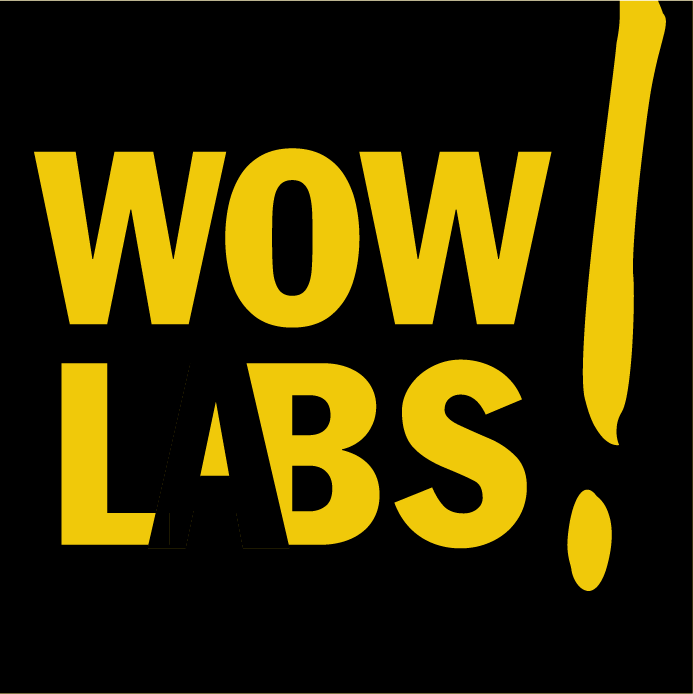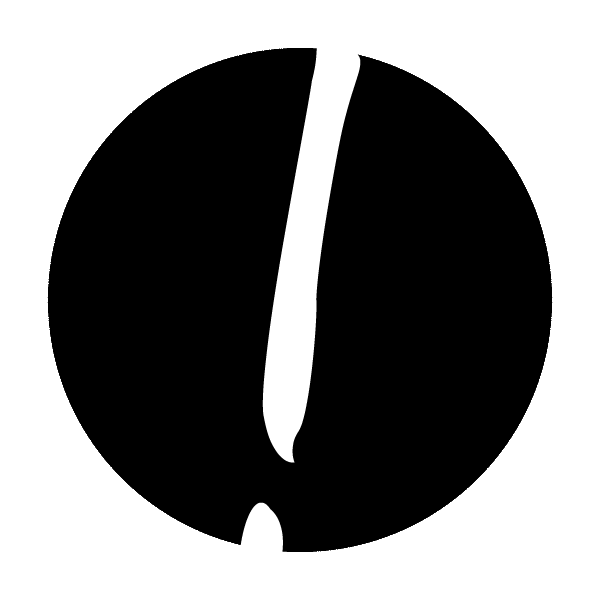
Co-written by Charlotte Hochman and Minnie Bredouw
Reading Time: 8 minutes
Design is often framed around problem-solving and creating “solutions.” While this bias towards action isn’t necessarily a bad thing, the mindset of getting to a solution quickly can come at the expense of ensuring that the people you are creating a solution for feel agency and ownership of the process and ultimate outcome.
Human-centred design, as we know it today, emerged from disciplines that range from engineering, industrial design, and even military planning: all industries that were led by a small subset of society—historically individuals who come from a place of power—and emphasized the role of the maker, not the beneficiary of the product, to be the decision-maker.
As we hold the creative community accountable to be more inclusive and equitable, we are beginning to see representation of more diverse teams and leaders, and historically underserved communities increasingly at the center of the problems we are solving.
Yet it’s not enough to focus attention on new communities, while still using old practices.
Human-centred design begins to break down when practitioners go into communities that are not their own, and attempt to solve problems using methods optimized for commercial products.
What we create can easily verge on tokenistic, and worst, manipulative, if we represent our “end users” but don’t actually include them in the process we use.
It’s no longer enough to speak to and learn from users to inform what we design — we need to lead a practice of creative problem-solving which creates agency and ownership within the community we are designing with.
Our role is not just to be an expert, but rather, an enabler of a creative process that can continue to sustain long after our involvement.
Here are a few ways to make that happen.
Start by asking – “How do I stand to bring value?”

Human-centered design can often frame the people powering the process—designers—to seem like objective parties. We do the research, synthesize the findings, and design solutions that best serve the needs we hear and observe.
Yet our own identity and inherent bias can heavily inform what we perceive as valuable or needed in the first place.
And furthermore, the act of putting ourselves in the problem space can also mean that we are altering the information people chose to share with us by simply being in the room.
When embarking on a new project or building a new team, start by taking inventory of what shapes you as a person, and your unique lenses and driving motivations.
What got you into the field of design? What do you value? What parts of your identity might create biases in your process? And how will you continue to be aware of those as you move through your project?
Pausing to examine your own motivations can help you begin to put your own ego aside and begin to look at a problem with a more objective lens.
It also encourages you to bring in a broader community of collaborators and co-creators to balance your bias, and avoid interpreting needs you hear through only your point of view.
This will help you clarify where, and how, you are uniquely positioned to bring the most value.
“Don’t learn off the back of others”

Historically, design research has been a phase of discovery and insight development, which begs the question—discovery for whom?
As we solve increasingly complex problems and with a wider range of communities, we also have a responsibility to inform ourselves before we even step foot into their space.
This means understanding the context and often historical trauma and healing of the population we are working with.
Research interviews are valuable to provide a human perspective behind a problem, but should be done to supplement your knowledge of a challenge, especially if you are new to the topic.
As one of our clients once put it — “don’t learn off the backs of others.” If you lean too heavily on a community of people to inform your knowledge on something you could have done research on yourself, you run a variety of risks—from setting up an unhealthy power dynamic, or worse, possibly re-triggering a traumatic experience in search of your own education.
Seek to lay a strong foundation of knowledge from existing research, experts, and data, and then use user research to color your understanding and create nuance in what you learn.
As a designer, you are coming into a problem space with power, and it’s important to be aware of how information that might feel new and novel to you, might come across as insensitive to those that are living the experiences that you are simply stepping in and learning about.
Elevate the voices already in the room

Design has increasingly made its way to the forefront of conversation as a way to problem-solve and help organizations think about their program, service, or product in a new light.
And while organizations that embrace creative thinking are seeing inherent value to the process, it’s important to recognize that design thinking is still a process.
One of our colleagues summed it up best in his piece titled the Designers Bias, stating “Designers may be well suited to facilitate the necessary problem-solving work with teams, but we aren’t the only people capable of doing it. Designers don’t “own” problem solving.”
We may be experts in our craft, but the outcome is likely to be more impactful if we are able to teach this process as we go. There very well may be people who have been working on the problem we are solving for far longer, just using a different set of tools.
Seek to structure each of your projects as a skill-exchange, meaning you learn from the community you are working with based on their tools to solve problems (e.g.: business modelling, data science, community organizing, etc.), as well as educating others on the process you are using.
By creating continuous opportunities for your collaborators to learn, co-create, and ultimately take forward what you design, your solutions will not only be better, but well supported to live in the world far after your involvement is over.
Be conscious of narratives we create… and generate new ones

Most storytelling around how innovations emerge share a similar narrative structure: the power and ownership is tilted towards the designer, and the user, or person the innovation is created for, is seen as passive, and sometimes, used simply for decorative purposes.
There are countless examples where a person who represents the face of a product or service is never consulted or credited in what’s created. This is often referred to as cultural asymmetry and perpetuates a system of power that favors the designer being at the center of the story.
To start to examine how this might show up in your own work, take inventory of your projects over the years and ask yourself “Who wrote this narrative? What was its purpose?” Antoinette Carol’s Creative Reaction Lab has a range of other questions and activities to start to examine the role of storytelling in how we can design for agency.
If we can move away from portraying the designer or design firm as the hero of the story, and start creating stories that convey a growth mindset for everyone involved in the process, we begin to develop agency for everyone.
An authentic acknowledgement of growth and learning enables everyone to be a part of the narrative.
* * *
As designing for impact begins to take a more prominent role in society, we need to re-imagine the process of design to not only create solutions, but build capacity at the same time.
This means re-examining our role as practitioners, teaching the approaches we use as we go, and even planning for the time that we will step away to leave the communities we are collaborating with in a better place than before.
What are we doing to facilitate a creative process that lives on after we are out of the picture?
Minnie Bredouw is Executive Director and co-founder of The Purpose Project—a program dedicated to helping young people explore purpose and create impact. She also advises on design for social impact through her organization, Studio Bredouw. When she’s not designing, she is teaching at California College of the Arts and Copenhagen Institute of Design. Prior to these roles, she has been lucky enough to work at places like IDEO, ideo.org, and frog design.
Charlotte Hochman teaches at the crossroads of design, social innovation and entrepreneurship in leading institutions in different countries and was a 2018 Fulbright Designer-in-Residence at the California College of the Arts in San Francisco on these topics. She is the co-founding Director of Wow!Labs, an innovation studio that creates results for companies, cities and universities by creating spaces and capacity for innovation.



0 Comments
Trackbacks/Pingbacks